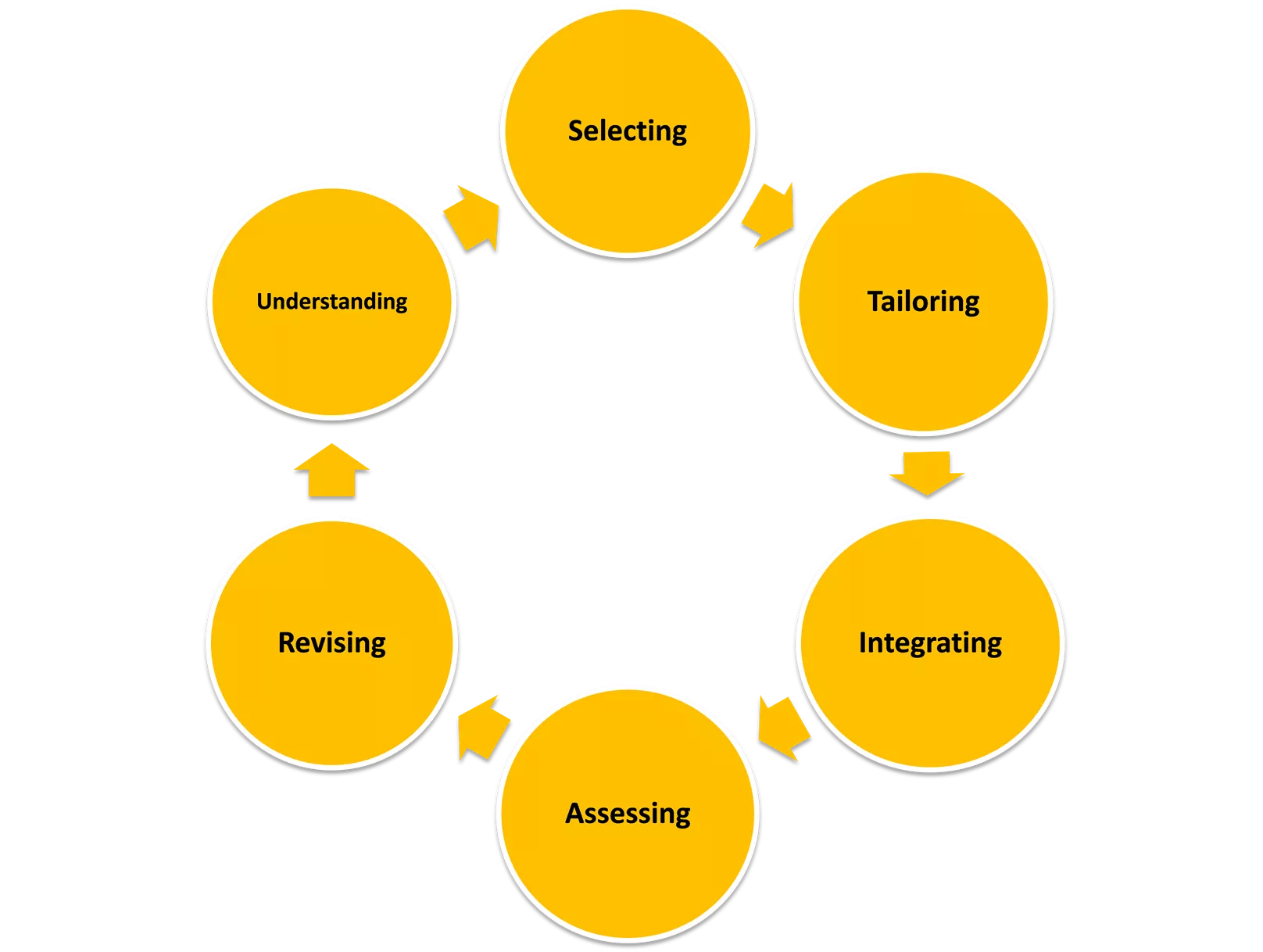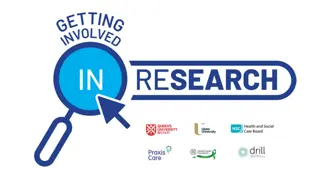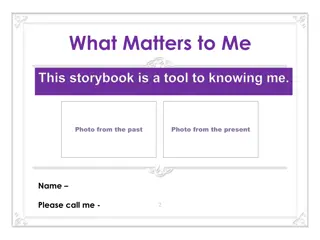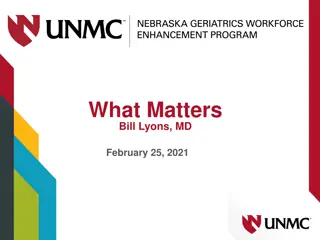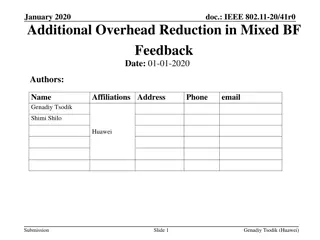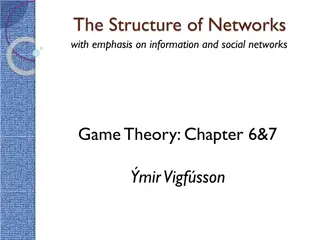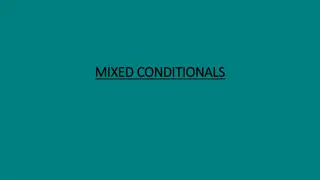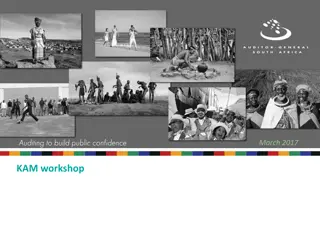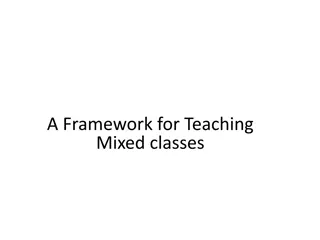Why Mixed Methods Research Matters
The significance of mixed methods research and common designs utilized. Gain insights into the diverse approaches and considerations in mixed methods studies for robust data collection and analysis.
Download Presentation

Please find below an Image/Link to download the presentation.
The content on the website is provided AS IS for your information and personal use only. It may not be sold, licensed, or shared on other websites without obtaining consent from the author.If you encounter any issues during the download, it is possible that the publisher has removed the file from their server.
You are allowed to download the files provided on this website for personal or commercial use, subject to the condition that they are used lawfully. All files are the property of their respective owners.
The content on the website is provided AS IS for your information and personal use only. It may not be sold, licensed, or shared on other websites without obtaining consent from the author.
E N D
Presentation Transcript
Why Do Mixed Methods Research and What are common Mixed Methods designs? Some guidance
Selecting Tailoring Understanding Back into the community Accessing care Solution Problem Revising Integrating Assessing
The Patient Experience of Living with Undercared-for Chronic Suffering
Mixed Methods Questions Epidemiology/Experience
Mixed Methods Questions What/Why? What/How? Characteristics/Differences Experiences/Measurement
Your Research Question Design If you can clearly state what you want to find, the design should naturally follow.
Mixed vs Multi-Methods A program of research may be multi-methods E.g. you have 2 quantitative and 2 qualitative studies. Same body of work, but research questions inherently call each for a single method Mixed methods applies mixing, within a single project Your research question dictates you need more than one method to answer it fully
Parallel Convergent Quantitative Findings Qualitative
Parallel Convergent Quantitative: Risk-Standardized Mortality Findings: Culture Changers affected by the intervention saw reductions in risk- standardized mortality Qualitative: Interviews & Observations
Embedded Qualitative Quantitative Findings
Embedded Quantitative Qualitative Findings
Embedded Qualitative: Patient Interviews/ Staff Focus Groups Quantitative: Pt/Clinician Communication Pt Treatment Burden Staff coordination Findings: Did Outcomes Change? If so, why? If not, why not? Differences between sites
Explanatory Sequential Quantitative Qualitative Findings
Explanatory Sequential Qualitative: Quantitative: Findings: In-depth interviews w/ pts in high disruption quartile and low disruption quartile Survey of patients disruption from illness and treatment Differences between these cohorts of patients
Exploratory Sequential Qualitative Quantitative Findings
Exploratory Sequential Measure development
Lets Workshop Designs! 30 minutes



